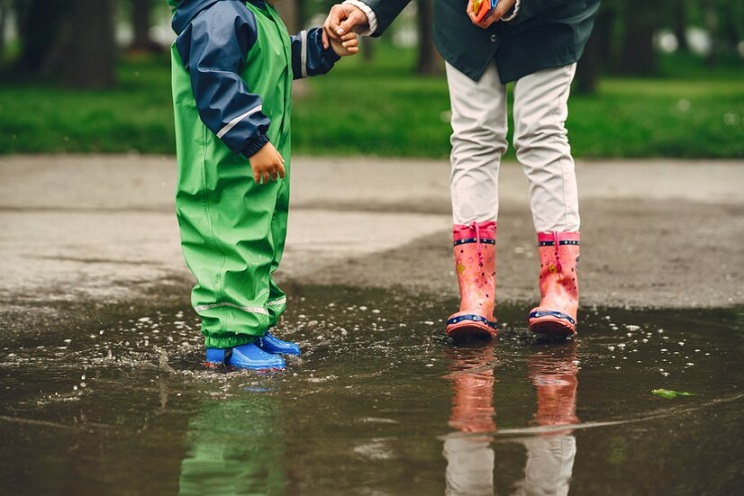Introduction
Safety is paramount in any environment, and one of the most significant aspects of maintaining a safe space is the proper use of warning slippery when wet sign. Among the most critical of these is the “Slippery When Wet” sign. This sign is universally recognized and serves as a vital warning to prevent accidents. In this article, we will delve into the importance, proper placement, and legal requirements of “Slippery When Wet” signs, as well as best practices for their use for the slippery when wet sign.
Why “Slippery When Wet” Signs are Essential
“Slippery When Wet” signs are crucial in warning individuals about the potential hazard of slippery surfaces. Wet floors can occur due to various reasons, such as cleaning processes, weather conditions, or spills. The presence of these signs helps to:
- Prevent Accidents: The primary purpose of a “Slippery When Wet” sign is to alert individuals to a potential slip hazard, thus preventing falls and injuries.
- Legal Compliance: Many jurisdictions require businesses to display warning signs when floors are wet. Failure to comply can result in legal consequences, including fines and lawsuits.
- Promote Safety Awareness: Regular use of these signs encourages a culture of safety within the workplace, reminding employees and visitors to remain vigilant.
Proper Placement of “Slippery When Wet” Signs
The effectiveness of a “Slippery When Wet” sign depends significantly on its placement. Here are some guidelines for ensuring that these signs are positioned correctly:
Visibility
- High Traffic Areas: Place signs in locations where they are most likely to be seen by individuals entering or passing through an area in slippery when wet sign.
- Eye Level: Ensure that the sign is at eye level or slightly below, making it easily noticeable.
- Unobstructed View: The sign should not be blocked by objects or other signage. It should stand out clearly against its background.
Timing
- During Cleaning: Always place “Slippery When Wet” signs before starting any cleaning process that involves water or other liquids.
- After Spills: Immediately place signs following a spill and keep them in place until the area is completely dry.
- Weather Conditions: In outdoor areas, place signs during or after rain, snow, or ice to warn of slippery conditions slippery when wet sign.
Quantity and Spacing
- Multiple Signs: In large areas, use multiple signs to cover all entry points and potential hazard zones.
- Spacing: Ensure signs are spaced adequately so that one is always within the line of sight of individuals traversing the area.
Legal Requirements for “Slippery When Wet” Signs
Different jurisdictions have varying regulations regarding the use of “Slippery When Wet” signs. However, some common legal requirements include:
- Standardized Design: Signs must adhere to specific design standards, including color, text, and symbols, to ensure consistency and recognition.
- Size and Font: Regulations often specify the minimum size of the sign and the font size to ensure readability from a distance slippery when wet sign.
- Placement Duration: Signs should remain in place until the hazardous condition is fully resolved, and the area is safe with slippery when wet sign.
Best Practices for Using “Slippery When Wet” Signs
To maximize the effectiveness of “Slippery When Wet” signs, it is essential to follow these best practices:
Regular Maintenance and Inspection
- Clean and Intact: Ensure signs are clean, legible, and free from damage. Replace any signs that are worn or faded and slippery when wet sign.
- Routine Checks: Regularly inspect areas prone to wet conditions and ensure signs are readily available and appropriately used.
Employee Training
- Awareness Programs: Conduct training sessions to educate employees about the importance of using “Slippery When Wet” signs and the proper procedures for their placement.
- Responsibility: Assign specific staff members the responsibility of monitoring and placing warning signs when necessary.
Sign Design and Material
- Durability: Choose signs made from durable materials that can withstand wet conditions without deteriorating.
- Clear Messaging: Use bold, clear text and universally recognized symbols to convey the warning effectively.
Conclusion
The “Slippery When Wet” sign is an indispensable tool in maintaining safety and preventing accidents in various environments. Proper placement, compliance with legal standards, and adherence to best practices are essential to ensuring the effectiveness of these signs. By fostering a culture of safety and awareness, we can significantly reduce the risk of slip-related incidents and create a safer environment for everyone slippery when wet sign.






